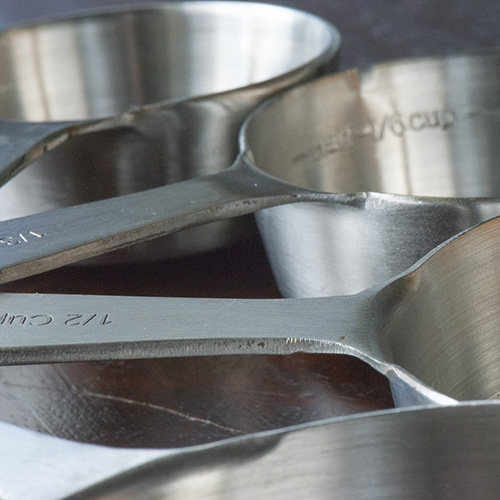The stomach is a muscular and hollow organ that is situated on the left side of the upper abdominal area. Food from the esophagus or food pipe enters the stomach through a muscular valve referred to as the lower esophageal sphincter. The stomach is lined by the ridges of muscle tissue referred to as the rugae. The muscles of the stomach contract and relax periodically, thereby churning food in the process. This helps in the digestion of food. The stomach opens into the small intestine and the opening is guarded by a muscular valve referred to as the pyloric sphincter allowing periodic passage of food from the stomach to the small intestine. The stomach helps in the process of digestion by secreting hydrochloric acid and various enzymes such as proteases (enzymes that digest proteins). The food is partially digested in the stomach and converted into chime, which passes slowly through the pyloric sphincter into the duodenum.





